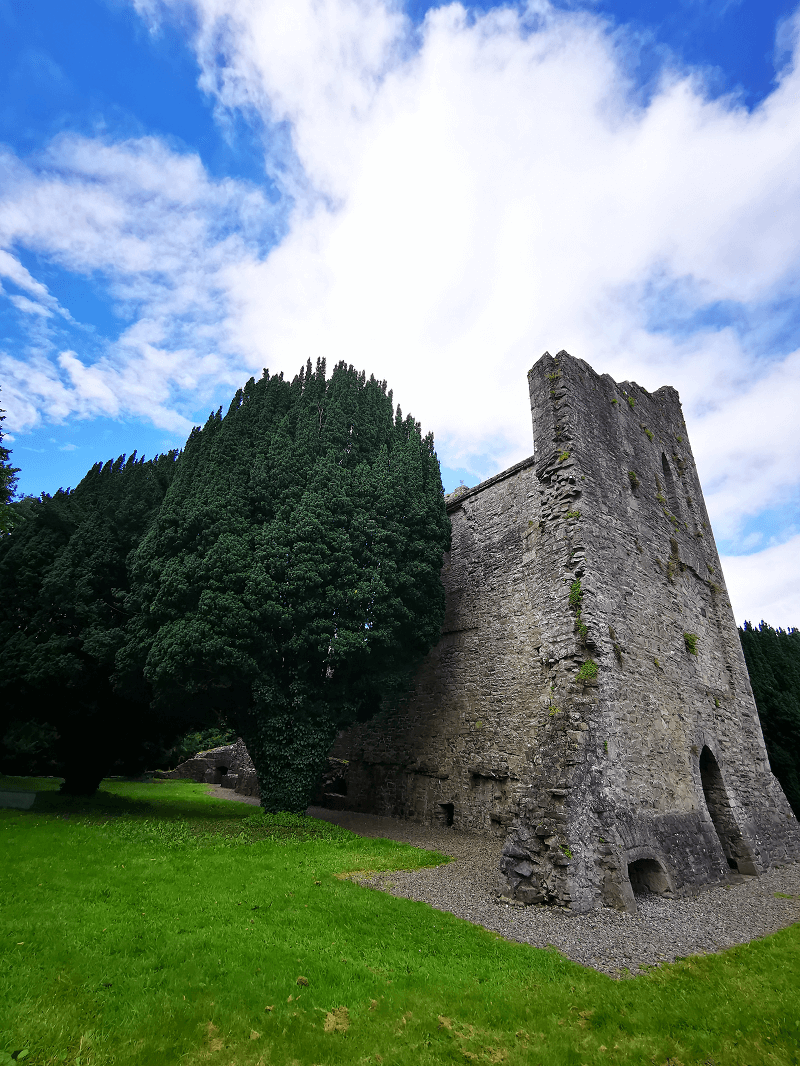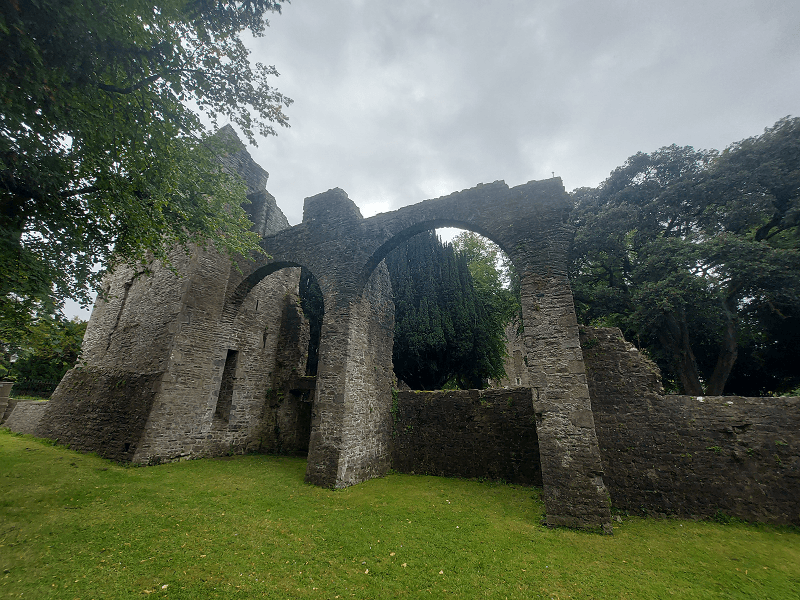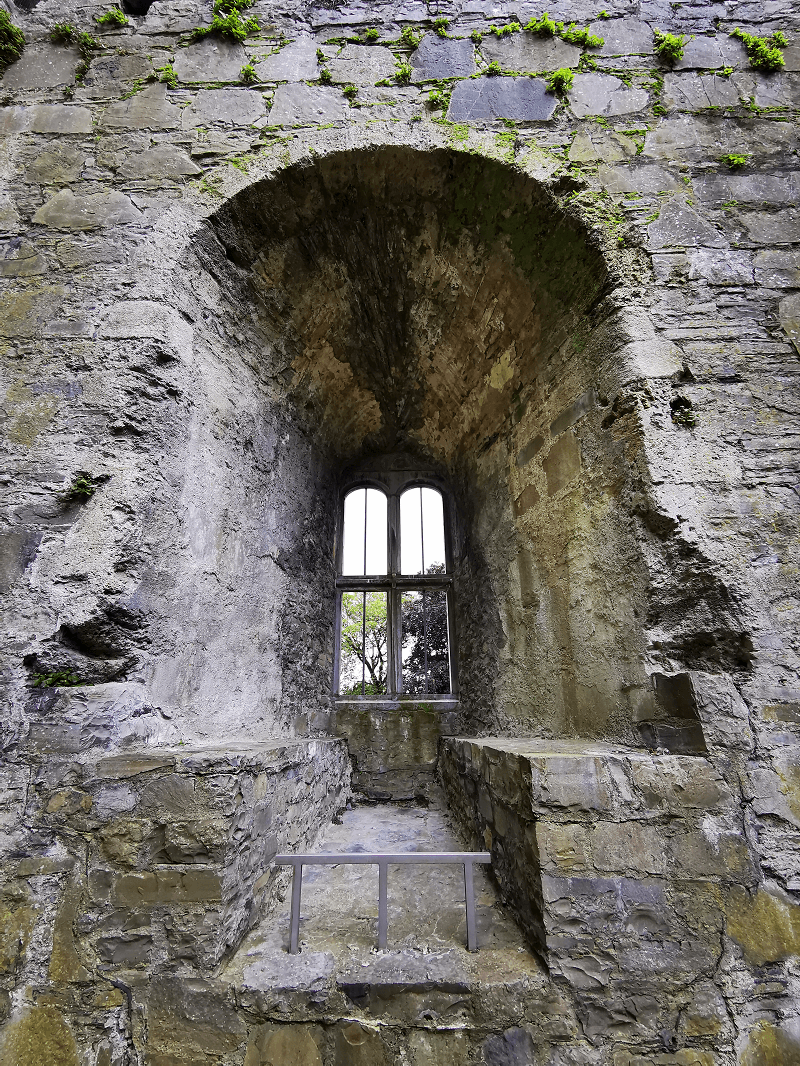History
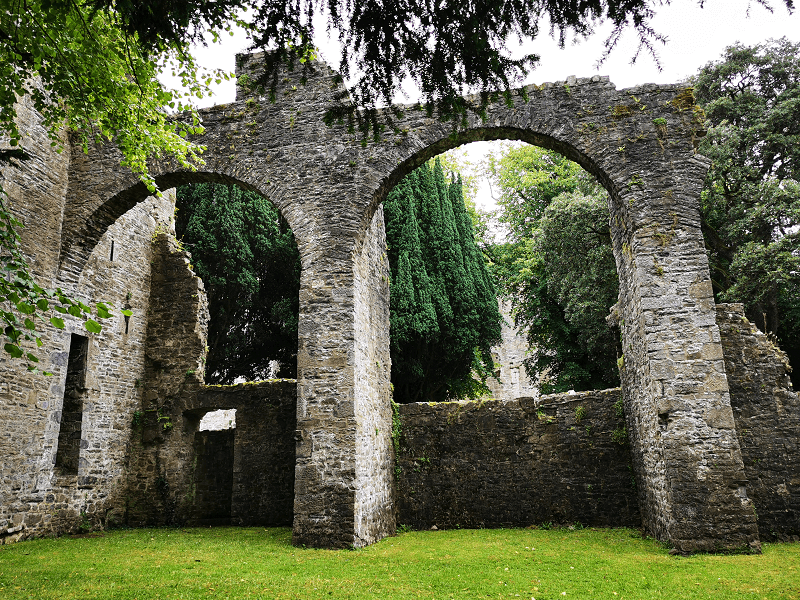
A plaque placed on the gate at the entrance of the castle, affixed by the Bord Fáilte Éireann (now known as Fáilte Ireland [1], the National Tourism Development Authority of Ireland) says: "This 13th century keep, which replaced the castle erected by Maurice Fitzgerald in 1176, was for many years the principal residence of the Kildare branch of the Geraldines, one of whom, "Silken" Thomas Fitzgerald, fortified it against the English in 1534. The castle was captured and dismantled by the confederate army in 1647". As it is already clear from these few lines, visiting Maynooth Castle is en enriching experience, that can teach a lot about the history of Ireland. Many information reported in this section have been taken from the several and well detailed panels exposed at the entrance of the keep, introducing the visitor into the medieval atmosphere of the castle, which for many decades was the center of the Irish political life. Let’s then dig a bit more into it.
Maynooth castle has been the residence of the Fitzgerald family of Kildare (also referred to as "the Geraldines"), one of the most powerful earldoms serving the English crown.
We know from the historian Giraldus Cambrensis that the Fitzgeralds, headed by Maurice, were originally from Wales and landed in Ireland during the first Norman invasion in 1169, with the aim to conquer lands and to establishing their kingdom.
Independently of the approval of their king, Henry II, the Normans took the ownership over the conquered lands and started building the first castles. In particular, after being granted land in Leinster by Strongbow (Richard de Clare, 2nd Earl of Pembroke), Maurice started building a fort at Magh Nuad (Maynooth) in a site bounded by the Lyreen River and one of its tributaries.
Maurice was 70 when the castle construction started and he died a few years later. Gerald Fitzgerald succeeded him with the title of 1st Baron of Offaly and consolidated the power and wealth of the family in Ireland. His son Maurice, 2nd Baron of Offaly, served as viceroy of the King. His grandson, John Fitzgerald, played an important role in the history of Ireland as he defeated Edward Bruce, brother to King Robert the Bruce of Scotland, who had entered the north of Ireland and devastated the country [2]. John Fitzgerald resisted, leading a large army, and for this reason was created Earl of Kildare by King Edward II (1316) [2]. Hence Maynooth castle became the main residence of the Kildare branch of the Fitzgeralds.
Thomas FitzGerald, 2nd Earl of Kildare, the Eldest son of John, eventually defeated the Scots and killed Edward Bruce at the battle of Dundalk in 1318.
Thomas’s youngest son, Maurice Fitzthomas, 4th Earl of Kildare, enforced the family power and gained a certain autonomy from the English crown.
In the early 15th century, with John Fitzgerald (also known as "Crouchback") being sixth Earl of Kildare, the family power started weakening due to the competition with the Earl of Ormond, based in Kilkenny, who gained most of the Kildare estates, and the frequent rallies by Gaelic clans. Anyway, as stated in [3], John expanded the castle (1426) to the point that it was said to be “the largest and richest Earl’s house in Ireland”.
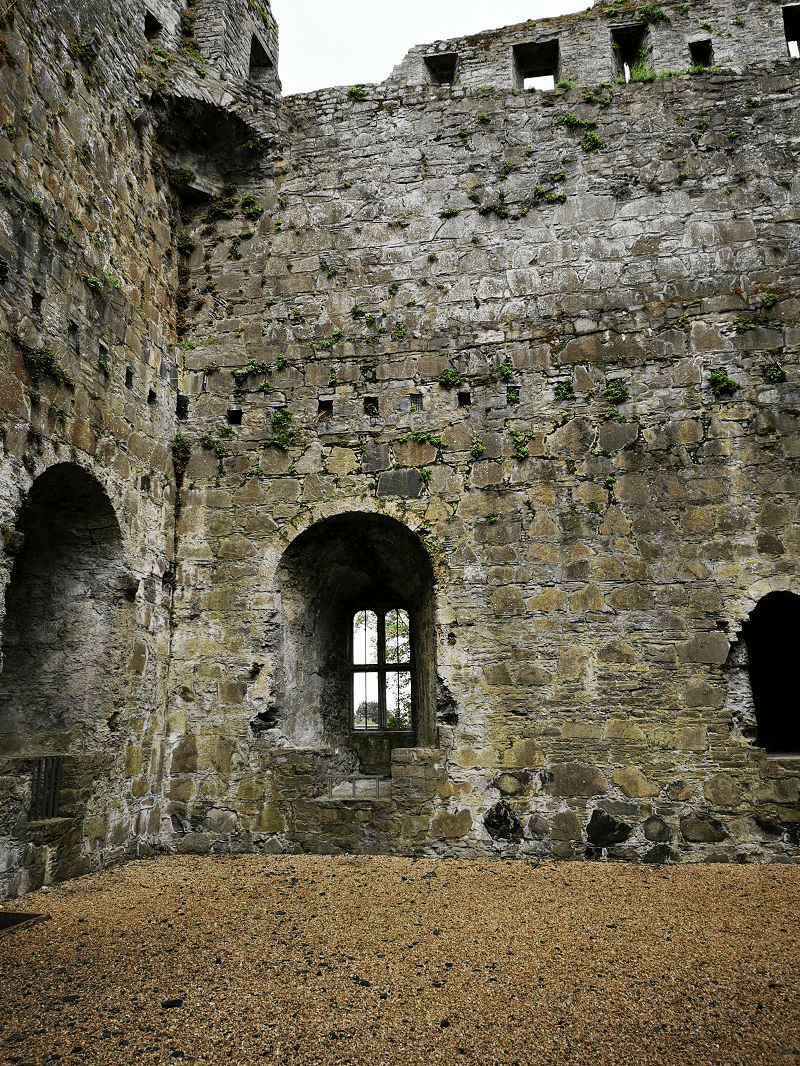 Thanks to the good relationship with King Edward IV, Thomas Fitzmaurice, son of John and seventh Earl of Kildare, was appointed to Lord Justice of Ireland, then Lord Chancellor, then Deputy and finally to the influential role of justiciar of Ireland, thus restoring the Fitgerald power. In more detail, the Lord Deputy ruled Ireland in the name of the King of England, representing the most powerful man in Ireland, making Maynooth one of the most important medieval sites in Ireland [4].
Thanks to the good relationship with King Edward IV, Thomas Fitzmaurice, son of John and seventh Earl of Kildare, was appointed to Lord Justice of Ireland, then Lord Chancellor, then Deputy and finally to the influential role of justiciar of Ireland, thus restoring the Fitgerald power. In more detail, the Lord Deputy ruled Ireland in the name of the King of England, representing the most powerful man in Ireland, making Maynooth one of the most important medieval sites in Ireland [4].
This was the time of the War of Roses, fought between Lancaster and York over control of the English throne. By standing for the House of York, while the Yorkist Edward VI ruled England, Thomas Fitzgerald managed to recover the surrendered Fitzgerald estates from the Ormonds, who were supporting the Lancastrians.
Accused of treason against the crown, James Butler, 5th Earl of Ormond was executed, after the Lancastrian army was defeated at the Battle of Towton. His brother John Butler, 6th Earl of Ormond, was present at the Battle of Towton and was forced to flee to either Cumbria or Scotland, from where he organized an invasion of Ireland, but was defeated in 1462, at the Battle of Piltown, by Thomas Fitzgerald, Earl of Desmond, pro Yorkist head of the Dublin government and brother of the Earl of Kildare. These were troubled years for Ireland and for the Fitzgerald family. Accused of treason, the Earl of Desmond was beheaded and ultimately Thomas Fitzgerald resulted being the most powerful Anglo-Norman lord in Ireland.
As Edward IV had to focus his energy on preserving his role in England, Thomas was appointed by the crown governor of Ireland. In this period, the Pale was the only part of Ireland securely under English control. Due to the increased frequency of Gaelic raids, Thomas was deeply concerned for the defence of the area, therefore, he built more defences, towers and castles in Dublin, Kildare, Meath and Louth.
In 1478, Thomas died and his position of justiciar passed to his son Gerald or Gearóid, also known as the great earl or Gearóid Mór, who became the 8th Earl of Kildare and who spent most of his life in Maynooth Castle. Under Gearóid the castle was further fortified and, also thanks to its position, it remained safe from attacks.
Meanwhile in England, Edward IV died (1483) and, the crown briefly passed to his eldest son, the 12 years old Edward V, who was never inconorated as barred from inheriting the throne, imprisoned in the Tower of London with his siblings and probably executed. The throne was then siezed by Richard, brother of Edward IV, incoronated as Richard III. In August 1485, Henry Tudor and his forces defeated Richard's army near the Leicestershire town of Market Bosworth. The Yorkist king Richard was killed during the battle and Henry Tudor ascended the throne as Henry VII.
After that, led by Gearóid, the Yorkists devised a plot to remove Henry VII from the throne of England. Lambert Simnel, the son of a joiner from Oxford, was trained to impersonate the young earl of Warwick, the Edward's nephew imprisoned in the Tower of London, who had a claim to the throne of England. Simnel came to Ireland in 1487 where found the support of Thomas Fitzgerland, Gearóid's brother. When Henry VII heard about this plot, he arranged for the real Earl of Warwick to be taken from the tower and paraded through London, to disprove the rumours of his death or escape. Meanwhile in the Pale, the noblemen crowned Simnel King Edward VI and, soon after, led an invasion of England. On the 16th of June 1487, the invaders, including 4000 Gaelic soldiers recruited by Gearóid, clashed with the King's army, at the Battle of Stoke Field in Nottinghamshire, and were defeated. Thomas Fitzgerald was killed. Simnel was pardoned but was imprisoned for life. Gearóid Fitzgerald, who had remained in Ireland, was pardoned.
A few years later, a second Yorkist pretender, Perkin Warbeck, appeared on the scene, presented as Edward IV's second son. In 1491, Warbeck landed in Ireland, hoping to get support, but he had no luck and was forced to abandon his plot.
Due to his lack of loyalty, King Henry VII dismissed Gearóid as deputy governor, in favour of the old rival, the Earl of Ormond. As a consequence, a fierce feud broke out between the supporters of the two families. The King then sent an army to Ireland to restablish order and later summoned Gearóid and the Earl of Ormond to court to defuse tensions. After that, Gearóid helped the King to win over the Earl of Desmond in Munster but, when the Yorkist pretender, Perkin Warbeck, again threatened to invade, Gearóid was accused of stirring the Irish to rebellion. Gearóid was then arrested but, as the king realized that he was important for the government of Ireland, he was reappointed to deputy liutenant at the condition of protecting the crown’s interests while keeping good relationships with the Earl of Ormond.
In 1504, Gearóid won at the battle of Knockdoe against Ulick Finn Burke and the rebels in Connacht, to gain back Galway city and hence he was awarded the knight of the garter by Henry VII.
In 1513, on an expedition against the O'Carrolls, he was mortally wounded while watering his horse in the River Greese at Kilkea. He was conveyed back to Kildare, where he died on or around the 3rd of September 1513.
At his death, Gearóid Mór was succeeded by his son, Gearóid Óg, as the 9th Earl of Kildare, who strengthened the relationship with the King Henry VII and the Gaelic lords. In this period Maynooth Castle was the main residence of the family. In 1519, Gearóid Óg was summoned by the new King Henry VIII, to discuss complaints from the Palesmen and, after the confrontation, the King decided to remove him from the government of Ireland and to detain him at court. During his time in England, Gearóid encouraged his Galiec allies to conduct raids in the Pale, to prove the King that Ireland was ungovernable without his presence. As a result, King Henry VIII appointed Gearóid’s competitor, the Earl of Ormond, Sir Piers Roe Butler, as Lord Deputy. After more than three years at the king court, in January 1523, Gearóid was eventually allowed to return to Ireland. Soon after, the contrasts with the Earl of Ormond reignited till the point that the King had to send commissioners to negotiate an agreement between the two opponents: As a result, in 1524, Gearóid replaced Ormond in the administration of Ireland as Lord Deputy and the Earls agreed to bury the hatchet and to make common cause for the future. Also this agreement did not last long and, after just one year, in 1524, the two Earls were accusing each other of malfeasances. One more time, this situation forced the King to summon Gearóid. Same happened to Ormond, who was able to soon return to Ireland, while Gearóid got detained for about four years. Again, from England Gearóid setup plots with the Irish princes to induce them to commit assaults on the Pale, so to have his authority reinstated.
Liberated in 1530, Gearóid came back to Ireland with the new Lord Deputy, William Skeffington, but also the friedship between them did not last long. In this turbulent period, Gearóid had partially lost the use of his limbs and his speech due to a gunshot wound received in an attack upon the O’Carrolls at Birr.
He was again summoned to court but, before leaving to England, in February 1534, at a council at Drogheda, he nominated his son Thomas Fitzgerald (also known as “Silken” Thomas), Lord Offaly, as Vice-Deputy. Following his father’s instructions, on the 11th of June 1534, Thomas charged into St. Mary's Abbey in Dublin where the King’s Council in Ireland was meeting and, with 140 armoured gallowglasses with silk fringes on their helmets (from which he derived his nickname), threw down the sword of state on the council table and renounced his allegiance to his cousin King Henry VIII, Lord of Ireland. In July, he attacked Dublin Castle, representing the center of the English power in Ireland, but was defeated. Moreover, after being judged responsible for the execution of the Archbishop of Dublin Alen, he lost the support from the clergy.
Meanwhile in London, Gearóid was committed to the Tower, where he died on the 2nd of September 1534 at the age of 47, possibly when he heard of his son's rebellion and the consequent excommunication launched against him.
Without his father, Thomas was left alone to lead the rebellion and retreated to his stronghold at Maynooth Castle that, in March 1535, was taken by the English forces under Sir William Skeffington, bringing to the end the Fitzgerald occupation of the castle [4]. Interesting details about these events are provided in [3], reporting some lines from A Compendium of Irish Biography by Alfred Webb, Dublin (1878). According to this document, while Thomas was away to get more allies supporting his cause, his foster brother Christopher Paris was left to Maynooth to defend the castle. However, Skeffington assaulted Maynooth Castle using heavy artillery, a novelty at that time in Ireland, which casued considerable damage to the castle, and Paris surrendered after ten days of siege. According to several sources [3], the surrender of Maynooth Castle was due to the treachery of Christopher Paris, who had offered to deliver the castle for money [5]. As a result, it is told [3] that many soldiers were beheaded, the rich castle was plundered, and Paris was rewarded for his betrayal with the promised amount of money… Just before being beheaded for his treason. Realizing that the rebellion was going to be lost, Thomas asked for pardon to Lord Leonard Grey, the new Lord Deputy of Ireland, arrived from England. The legend tells that the night before surrendering to King Henry VIII, Thomas played a lute under Silken Thomas Yew, now considered the oldest tree in Ireland. Despite Grey's guarantee, Thomas was brought to the Tower of London where he learned that his father had died of natural causes and then, along with his five uncles, he was hung, drawn and quartered [6] on the 3rd of February 1537.
“Silken” Thomas’s revolt motivated Henry to pay more attention to Irish affairs, to institute the Kingdom of Ireland in 1542, to limit the power of the lords deputy and to establish the Royal Irish Army as a standing army.
By the early 17th century, Maynooth Castle began to fall into ruin [6]. The castle was then restored by the first Earl of Cork, Richard Boyle [4], father of the famous scientist Robert Boyle [6]. However, much of the castle complex was destroyed during the Eleven Years War (1641 1653) [4]. In more detail, in 1646 the castle was first occupied by a detachment of the Catholic general, Thomas Preston, 1st Viscount Tara, and then dismantled and since then was never again inhabited [3]. Only the gatehouse, on which united arms of the Boyles and FitzGeralds are present, and the Solar Tower survived [7].
In 1991 the Irish Government acquired Maynooth Castle and started its restoration, which is still ongoing [8].
References
- [1] Fáilte Ireland, The National Tourism Development Authority
- [2] Wikipedia, John FitzGerald, 1st Earl of Kildare
- [3] The Irish Aesthete, The Largest and Richest Earl’s House in Ireland
- [4] Imponderabilia, Maynooth Castle, Co. Kildare, Ireland
- [5] DICTIONARY OF IRISH BIOGRAPHY, Paris, Christopher
- [6] Tuatha, Maynooth Castle
- [7] Wikipedia, Maynooth Castle
- [8] Castles Uncovered, Maynooth Castle
Other useful links
- Transceltic, Maynooth Castle - Caisleán Maigh Nuad
- Wikipedia, Maurice FitzGerald, Lord of Llanstephan
- Wikipedia, Richard de Clare, 2nd Earl of Pembroke
- Wikipedia, Gerald FitzMaurice, 1st Lord of Offaly
- Wikipedia, Maurice FitzGerald, 2nd Lord of Offaly
- Wikipedia, Thomas FitzGerald, 2nd Earl of Kildare
- Wikipedia, Battle of Faughart
- Wikipedia, Library Ireland, John FitzGerald, 6th Earl of Kildare
- Wikipedia, Thomas FitzGerald, 7th Earl of Kildare
- Wikipedia, James Butler, 5th Earl of Ormond
- Wikipedia, John Butler, 6th Earl of Ormond
- Wikipedia, Gerald FitzGerald, 8th Earl of Kildare
- Wikipedia, The Pale
- Wikipedia, Richard III of England
- Wikipedia, Edward IV of England
- Wikipedia, Lambert Simnel
- Wikipedia, Edward Plantagenet, 17th Earl of Warwick
- Wikipedia, Perkin Warbeck
- Wikipedia, Battle of Knockdoe
- Wikipedia, Ulick Fionn Burke
- Wikipedia, Gerald Fitzgerald, 9th Earl of Kildare
- Wikipedia, Piers Butler, 8th Earl of Ormond
- Wikipedia, William Skeffington
- Wikipedia, Thomas FitzGerald, 10th Earl of Kildare
- Wikipedia, Thomas Preston, 1st Viscount Tara
- Go To Ireland.com, Visit Maynooth Castle
- Kildare.ie, Maynooth Castle
